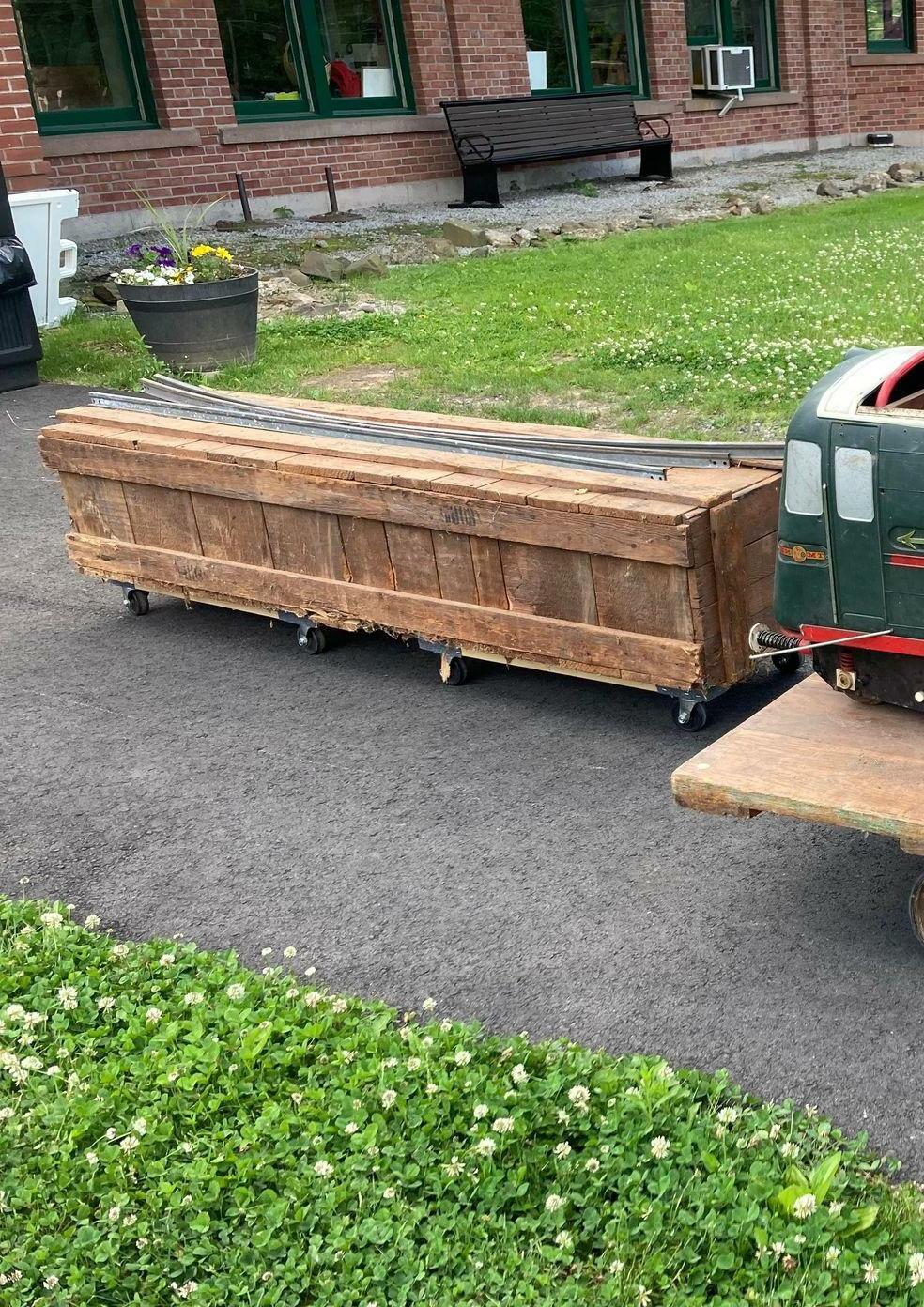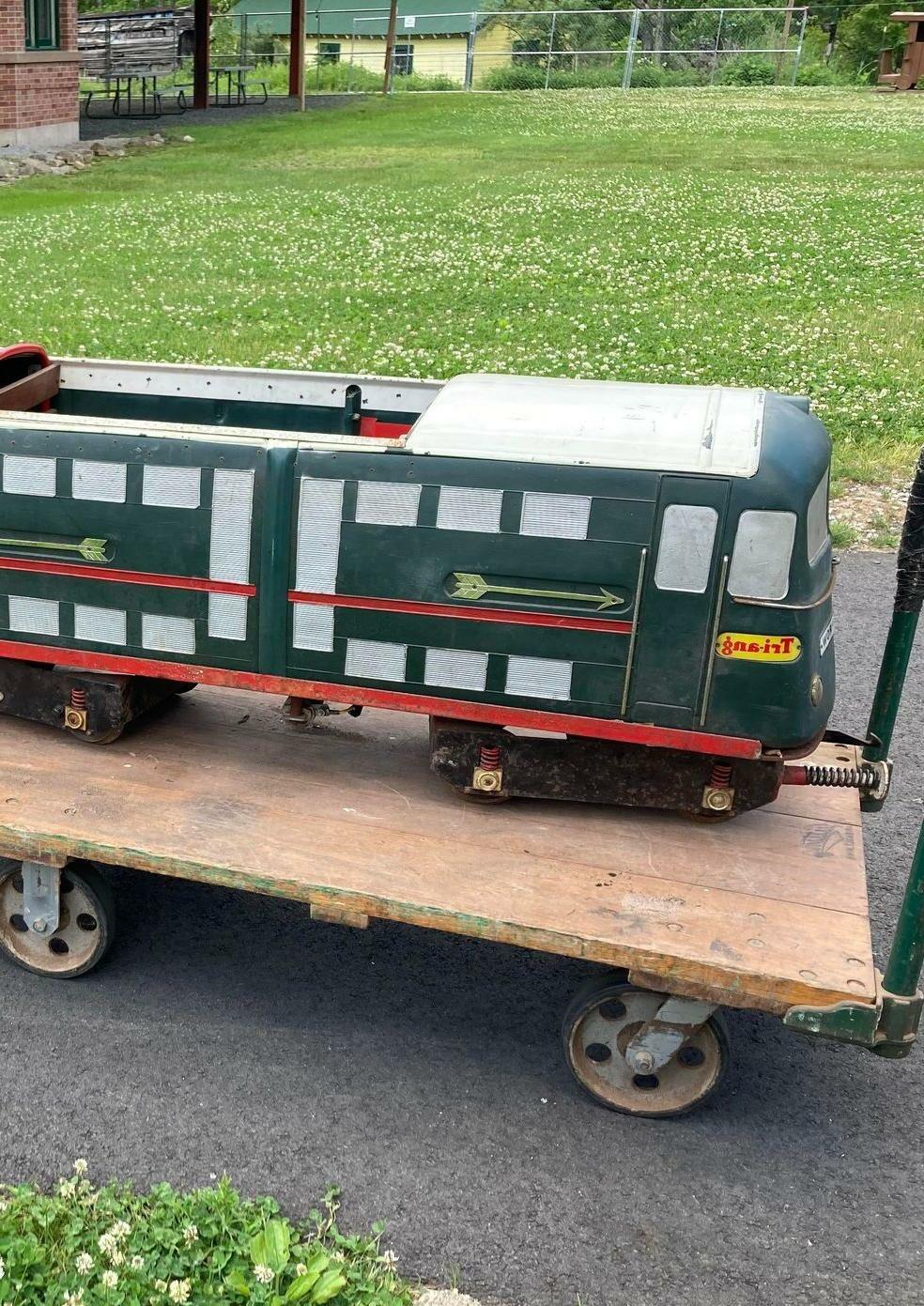
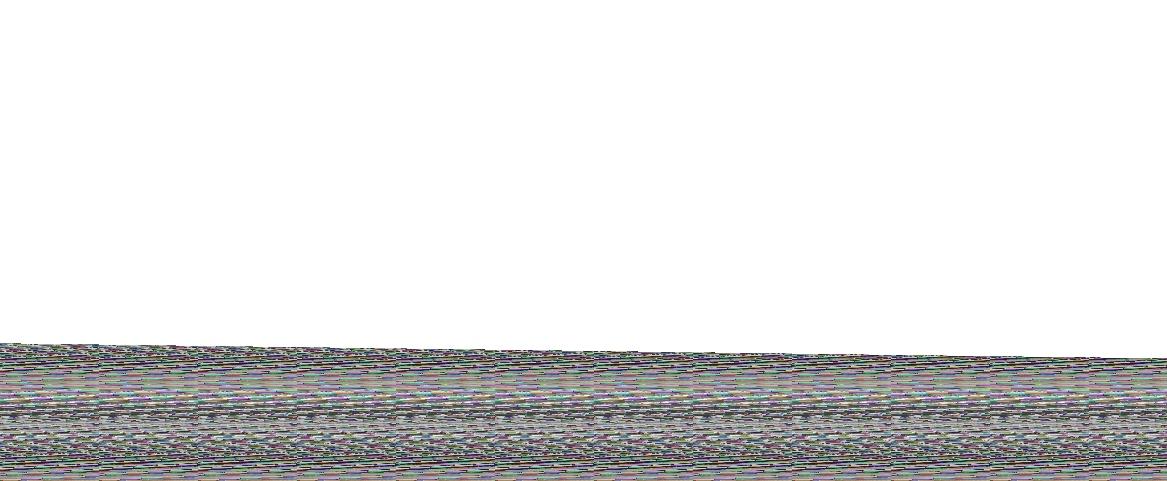
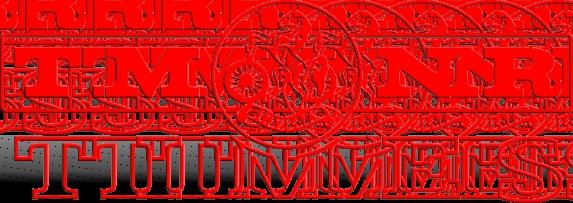
ISSUE 25 WINTER 2022 ONLINE EDITION
APUBLICATION OF THE TRI-ANG MINIC NARROWGAUGE RAILWAY SOCIETY
All of the latest TMNR news
6 Rye at the Lymden Lodge Light Railway
Sharing the shed with his TMNR loco, David Matthewson documents the history of Rye, his Tom Smith 0-4-0 Battery Electric locomotive 9 Drawings Z10031 - Inter Shaft Bearing
Continuing the series documenting the original factory drawings, Mike Slatter discusses drawing Z10031 - the Inter Shaft Bearing 12 3D Printing New TMNR Parts
Making new TMNR parts sixty years on, Chris Cardinal describes the process of 3D printing new axle boxes 16 I Met a Man in a Pub!
Former Hornby employee Alan Gibbs recalls how he was recently offered the former Broadstairs ‘Rotary Flyer’ Tri-ang Minic Narrowgauge Railway Set 18 Is There a Designer in the House?
Barry Nixon shares some thoughts about developing the TMNR system in the 21st century
FRONT COVER PHOTOGRAPH: The former Connecticut Trolley Museum owned TMNR shown with an original box of TMNR track panels. CHRIS CARDINAL.
OPPOSITE: Annie the hen checking to see if the grass really is greener on the other side of the fence. MIKE SLATTER.
The latest TMNR classified adverts £5 when sold

www.facebook.com/triangminicnarrowgaugerailways www.tmnr.co.uk

CONTENTS 4 News
19 Classified Adverts
2 TMNR TIMES
EDITION TWENTY-FIVE
A WARM welcome to Edition Twenty-Five of TMNR Times.
It fascinates me to think that the TMNR system was being designed sixty years ago and was launched at the beginning of 1963. I wonder what its designers would think if they knew that it was still being enjoyed now, as I'm sure it was back then.
Still after all of this time, previously unknown locomotives are being discovered with a further set appearing this year, bringing the total number of sets found to forty-six.
Although the world of TMNR operation still seems quiet after the pandemic, there has been quite an interest online and several TMNR related items have been advertised and sold on the internet during the past year and the TMNR Facebook page now has over one thousand followers.
At our garden, the new railway installation is still in the early design stages as much of the summer and autumn attention turned to settling in our newly rescued ex-commercial hens - Mavis, Annie, Henrietta and more recently Roberta and Phylis. Hopefully they will enjoy the railway and be feathered passengers one day.
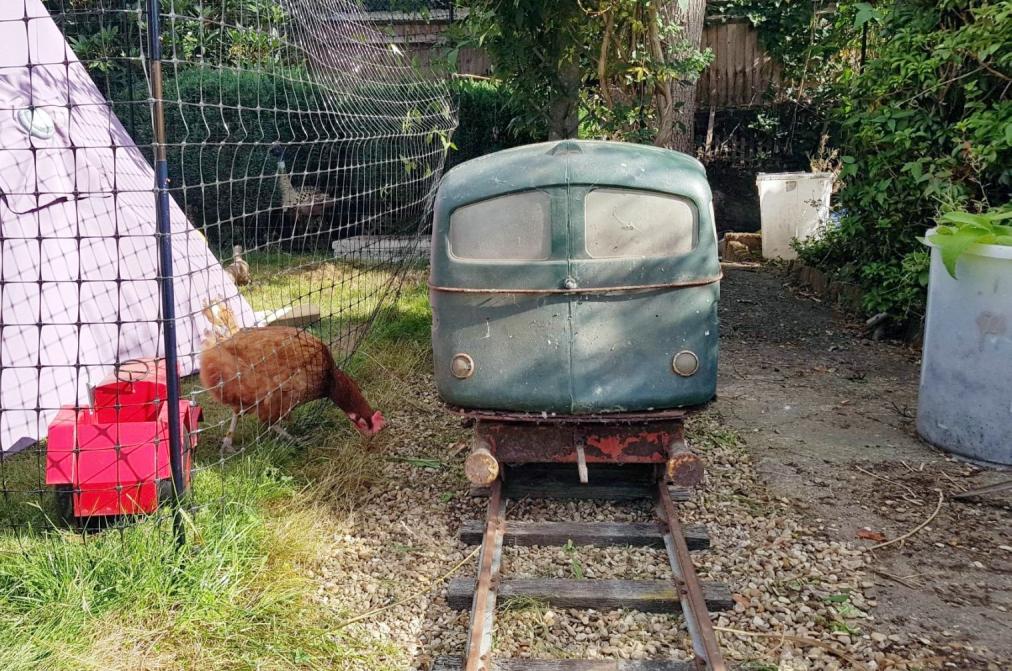
I'd like to say a big thank you to Chris Cardinal, David Matthewson, Barry Nixon and Alan Gibbs for their help with this edition of the magazine - This year seems to have flown past and I was slow to realise that it was almost December so appreciate the help at such short notice to get it ready in time for Christmas.
Here's hoping that we can all catch up in the New Year to find a way to celebrate the sixtieth anniversary of the TMNR together.
Mike (& Megan)
TMNR TIMES 3
TMNROfferedonFacebookMarketplace
A TMNR locomotive, along with a Pullman, two toast-rack coaches and collection of track was offered for sale in the Facebook 'Miniature railway and model engineering for sale group’ in July.
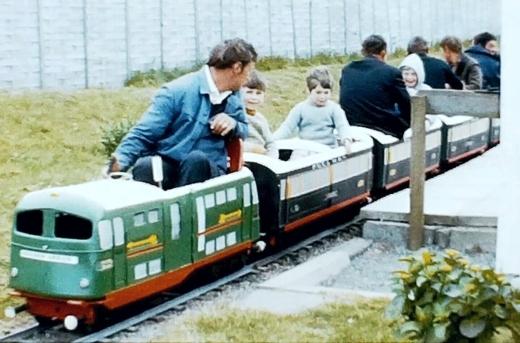
The set, based in Ormskirk, England was originally advertised at £3,950 and later reduced to £2,950 selling to a new owner in North Norfolk.
ModifiedMotorBogieonFacebook
Another item offered for sale on Facebook in July was TMNR motor bogie fitted with a non-original motor and modified to have brass strips picking up off of the face of the wheel (see photograph).
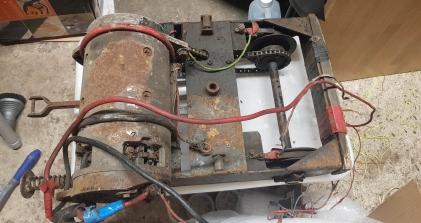
The seller advised that it came as part of a larger lot of miniature railway items around ten years ago and had been in his workshop since.
Two 8mm Holiday F i l m s o n e B a y
Two 8mm family holiday home films were purchased from eBay featuring clips of a TMNR running on the island of Jersey in 1970.
Colour film footage shows what appears to be an extended TMNR locomotive pulling four Pullman coaches. The intention is to digitise the footage to enable it to be preserved.
FurtherTMNRBrochureoneBay
An auction on eBay ending on October 18th saw the sale of a further TMNR brochure with the hammer falling at £18.66.
What was interesting about this particular brochure was the hand written notes referring to the 0-4-0 steam locomotive as “Connie”. The seller advised that the brochure was purchased as part of a collection of railway ephemera from Loddon Auctions in Reading in July 2017.
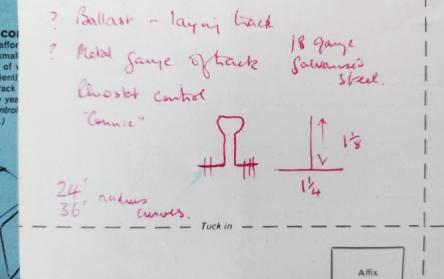
NEWS
4 TMNR TIMES
ConnecticutTrolleyMuseumSellTMNR
The Connecticut Trolley Museum decided to dispose of its TMNR set in May as part of its “Flea Market” event.
The set, consisting of a single motored locomotive, Pullman coach and track had been with the museum for a number of years and was stated as originally supplied to a special needs centre w here it was involved in a derailment damaging the Pullman coach before being donated to the museum.
T h e b u y e r , Chr i s Cardin al purchased the set to restore, and having remade missing axle boxes (see page 12) offered it for sale on Facebook with it finding a new home in Georgia, USA.
The set represents a wonderful time capsule, having only been
used for a short period of time before being placed into storage and is the only example currently known in the USA.
Also of interest is the track, which retains its original wooden boxes and are the only known examples of the original TMNR packaging containers to exist. The original brochure states “Owing to the size of the goods they are delivered in a special small British Railways container direct from the factor y to the purchaser” and although not a BR container, show how the track was delivered.
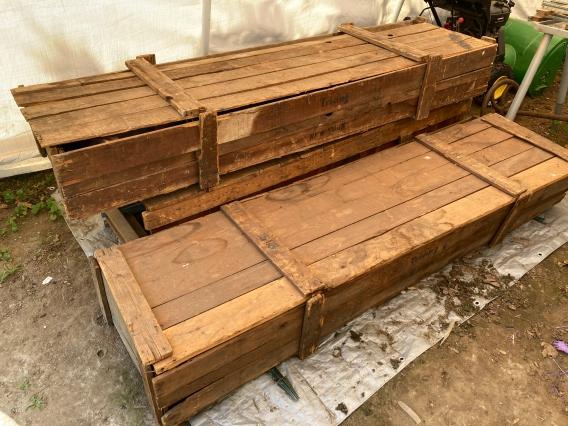
Above: The Trolley Bus Museum advert. FACEBOOK. Right: The original TMNR track boxes. CHRIS CARDINAL.
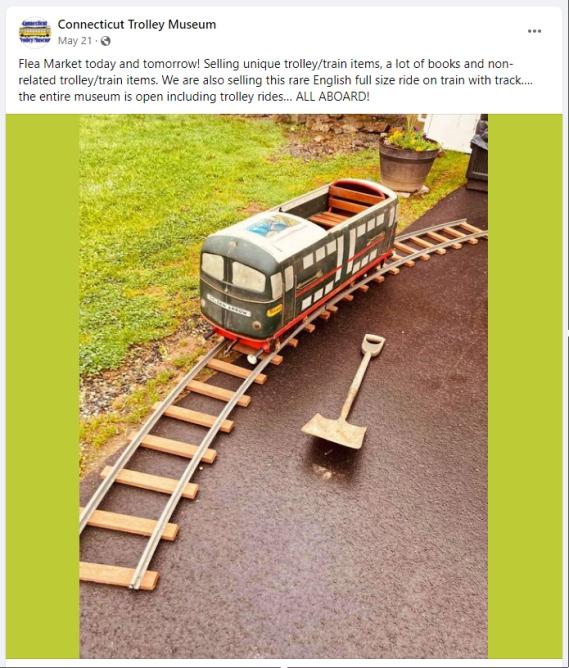
TMNR TIMES 5
Lymden Lodge Light Railway RYEat the
WSharing the shed with his TMNR loco, DAVID MATTHEWSON documents the history of Rye, his Tom Smith 0-4-0 Battery Electric locomotive... hat's this? It does not look like TMNR to me! Well, indeed it's not - Rye is a 10¼” BE 0-4-0 which has quite a venerable history. Currently she shares a shed with some TMNR locos and stock on the Lymden Lodge Light Railway (LLLR) so I think we can include her here.
She started life as a 7¼” loco in July 1978 being built by Tom Smith, a prolific but unfortunately now de ceas ed well know n miniature locomotive builder, as Number 21, named 'King of the Road'. This was one of several 'NG Bowleaze shunters' which were built by various
people following the original Tom Smith design used for his Number 19. A compact loco being 1220mm long, 690mm wide and 1260mm high and originally (under) powered by a 12V DC GEC-ATCO ¼ HP compound wired motor, as used in various battery lawn mowers. This was soon replaced in 1979-80 with a more powerful SIBA 12V DC 1/3 HP series wound motor.
The loco then passed through various hands - in 1980 or thereabouts Number 21 was running on Mike Tebbett's Ledbury line before being sold to Rich Morris and moved to North Wales. In 1991 she was regauged from 7¼” to 10¼”,
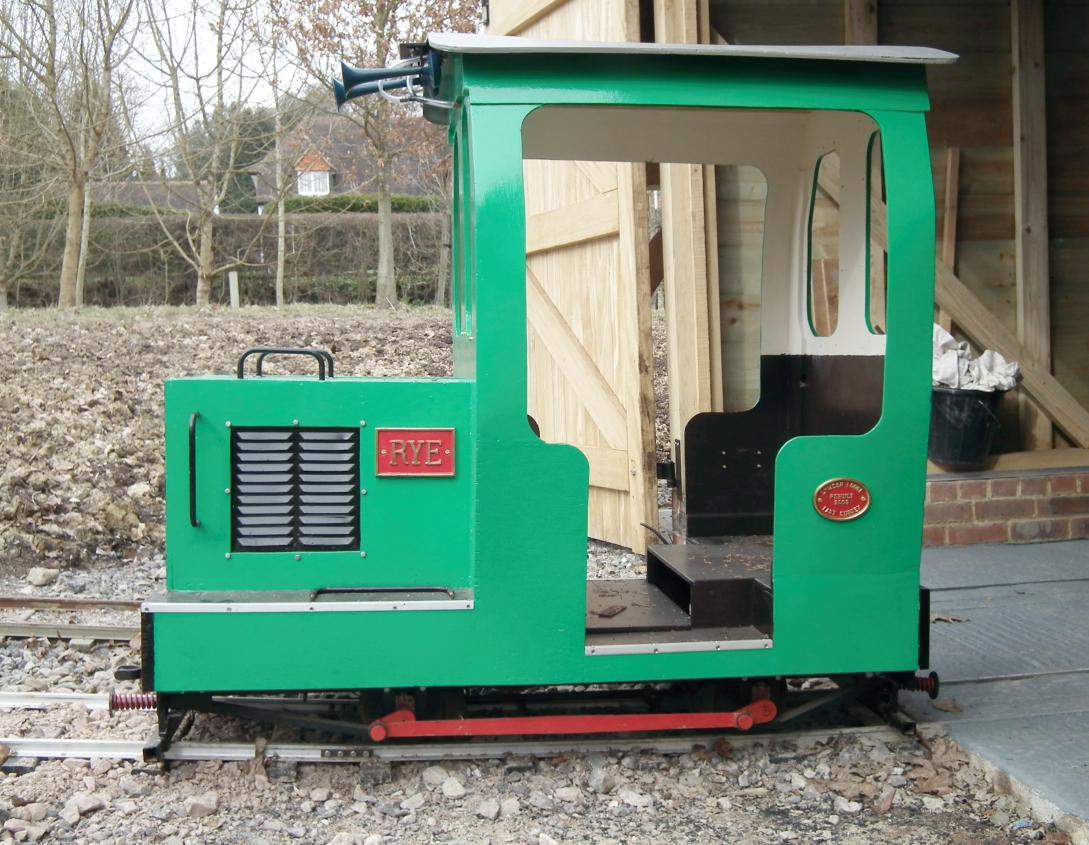
6 TMNR TIMES
renamed 'RYE' and ran on Rich's commercial railway, 'The Narrower Gauge', for several years. She was rebuilt in 1991 by David Yates of Blaenau Ffestiniog and much modified, gaining a new motor, and various bod y work modifications. In 1997 'RYE' was sold to John Crosskey who ran her at the Little Giant Railway in East Cheam but by 2001 she was to be found in a very sad condition for sale with the Engineers Emporium.
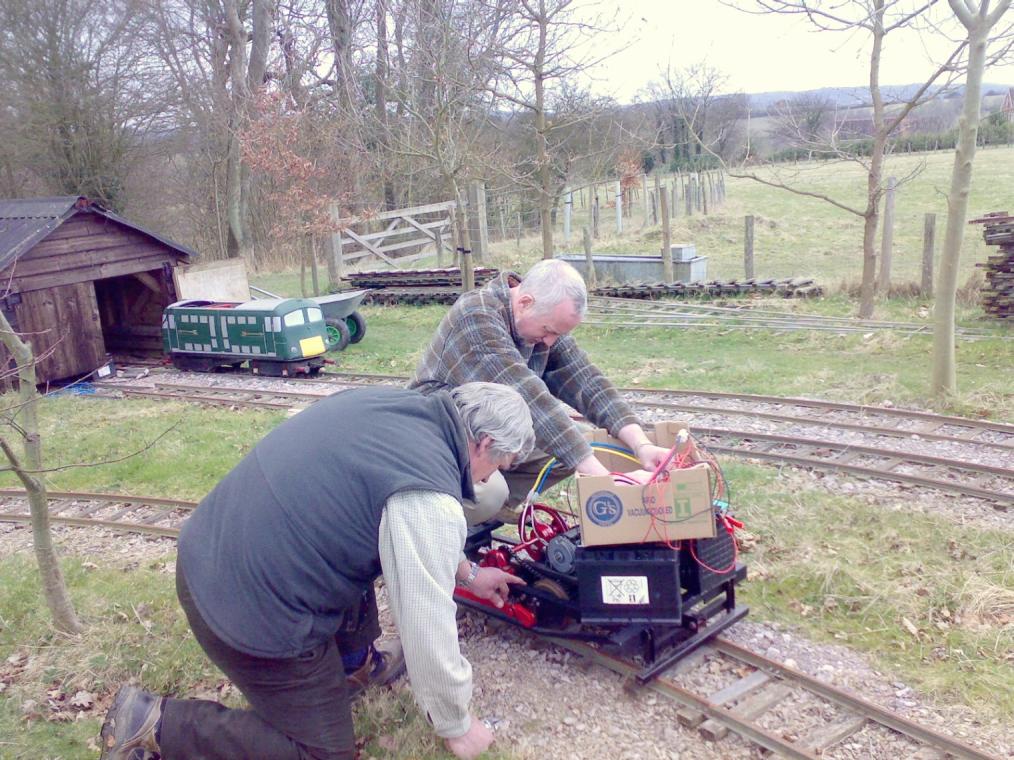
We purchased her in essentially non running condition and decided to rebuild her As delivered, Rye had a 'no name' 12 volt DC motor, driving both axles via chains and a drive belt. A drivers brake was fitted to one wheel and a form of air braking driven by a small pump and using an old aerosol spray can as the reservoir!
The bodywork was plywood and rotten in some areas mounted on a steel angle iron chassis We decided to replace all of the electrics and control systems with modern 24V DC equipment, using a 4QD Pro 150 solid state
controller. As an aside, we also used Rye as a test bed for the low cost controllers made in China that are available on eBay etc. These have a good record when used in the Scamp BE locos and can be purchased for less than £20 GBP.
We have used the Bosch 24V DC motor on both TMNR rebuilds and other 10¼” locos with great success. It draws up to 40 amp to produce 750W with a nominal 2 2Nm torque It's unidirectional, of course, and rated for S1 (EC 60034-1) continuous duty. Rotational speed (free running) is 3300 Nm minimum, so plenty of power, especially when used in a dual bogie TMNR loco!
Unfortunately, the Bosch (part number F006B10274 or 0130302014 depending on which catalogue one is using) has been out of production for a few years. The good news is that Par valu x are of fering a suitable replacement for less than £200.
In terms of restoration, first thing to do was to separate the body from the chassis and cut out
Testing RYE’s new electrics. DAVID MATTHEWSON.
TMNR TIMES 7
and replace any rotten plywood. The chassis was stripped down, sand blasted and powder coated and reassembled with stainless steel metric bolts, replacing an eclectic mixture of various imperial sizes!
New stronger springs were sourced and installed as the original ones had almost no 'spring' left in them.
Once the body work had been repaired, primed and repainted it was mounted back onto the chassis and the electrics and drive connected up and a jury rigged control system temporality installed to allow some test runs.
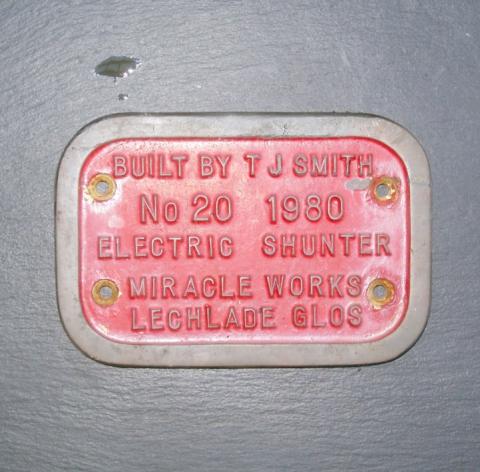
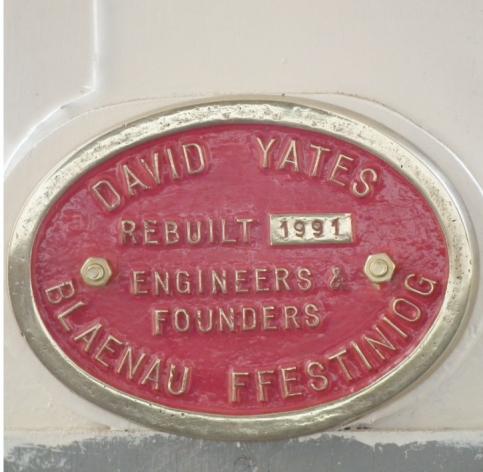
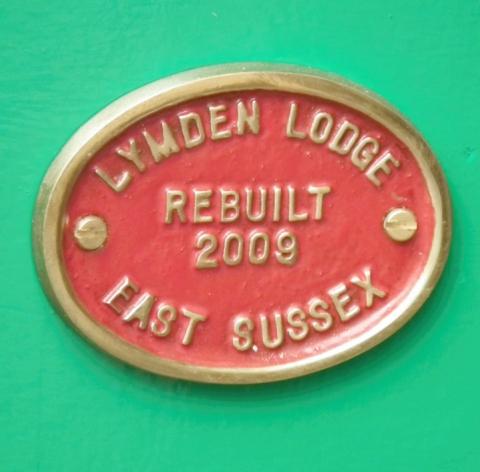
Whilst everything did work as expected, one basic problem is the size of the cab – it's just too small to be comfortable for any length of time! Lo oking at the original sketches and photographs of Number 21 it seems that as originally built the driver could put his/her legs outside the cab but with the rebuild this is no longer possible. Fine if the driver is less than 5' 5” but not so good at almost 6'!
New brass plates were cast, replacing the painted name plates and adding yet another builders plate showing the rebuilding details. Interestingly, it should be noted that a preexisting cast brass plate gives the number as 20 and the build date as 1980, but these are incorrect as Tom Smith's Number 20 was a bogie railcar. We suspect this was an addition made during David Yates rebuilding, but we'll never really know for sure.
So is Rye a useful loco? Well, to be honest, not as much as I'd hoped, solely due to the size of the cab, but there is little I can do about that. Otherwise, yes, she works well, runs well and I love the sight and sound of the con rods going round - although doubtless modern health and safety might have a word to say!
8 TMNR TIMES
David Matthewson
RIGHT: A selection of the name plates carried by Rye showing its fascinating history. DAVID MATTHEWSON.
Z10031Drawing Inter Shaft Bearing
Continuing the series documenting the original factory drawings, MIKE SLATTER discusses drawing Z10031 - the Inter Shaft Bearing...
ASMALL, but interesting drawing from the collection is that of Z10031 'Inter Shaft Bearing'.
Drawn in July 1962 by Ron Bulley this Delrin bearing lightly press fits into items Z2364 and 2377 - The motor bogie frame and the plate which supports the counter shaft, effectively allowing the shaft to rotate freely and transfer the power from the motor chain to the two wheelsets.
This drawing was later modified in July 1966 by William (Bill) Challace to include a boss and hole, which one can only presume was to allow for lubrication.
Like the axle boxes, which subsequently had a lubrication hole added, the inter shaft would easily wear and I have seen several worn examples and in some cases with the bearing completely destroyed and missing Again, similarly to the axle boxes, the bearings were
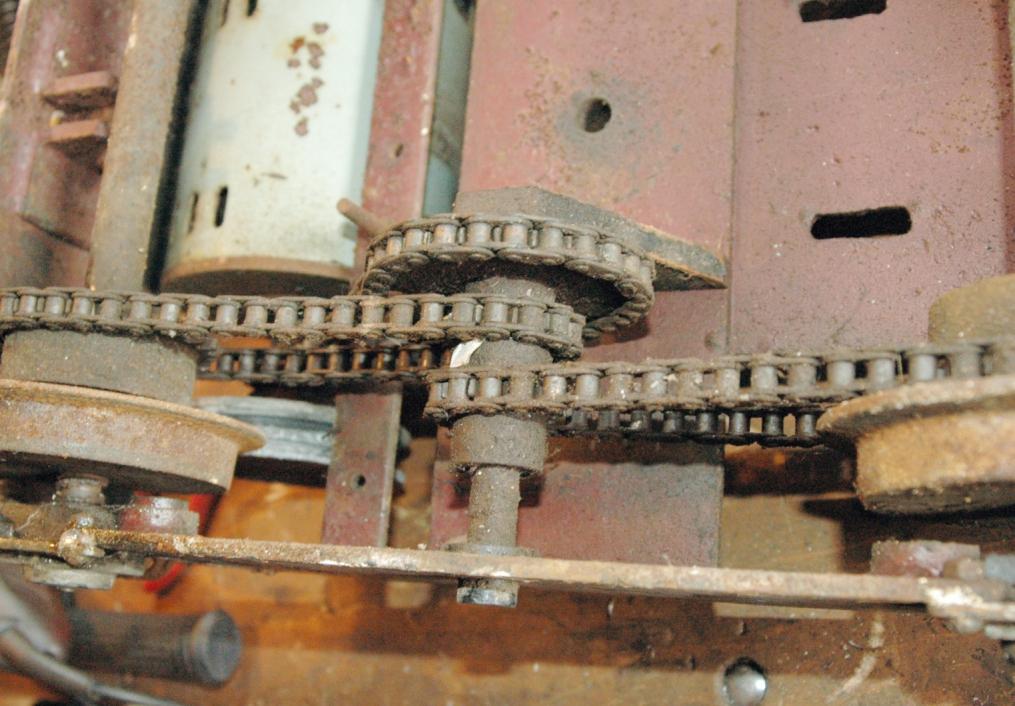
made in both white and later black Delrin.
Although I have not seen any of these original bearings modified to the WHC design, improvements were made by several owners to overcome this small but easily troublesome part. Bogies owned by Drummond Randall were modified to have a roller bearing fitted onto the side of the bogie frame and a disc brake to the other end of the inter shaft to allow for smoother running and braking!
What is interesting is that this diagram proves that the TMNR system was still undergoing product developments four years after its original design in 1962. Clearly there must have been some thought to continuing to improve t h e d e s i gn fo r fu t ur e o p e r at i o n an d manufacture.
Mike Slatter
Showing the motor bogie inter shaft and Delrin bearing. MIKE SLATTER.
TMNR TIMES 9
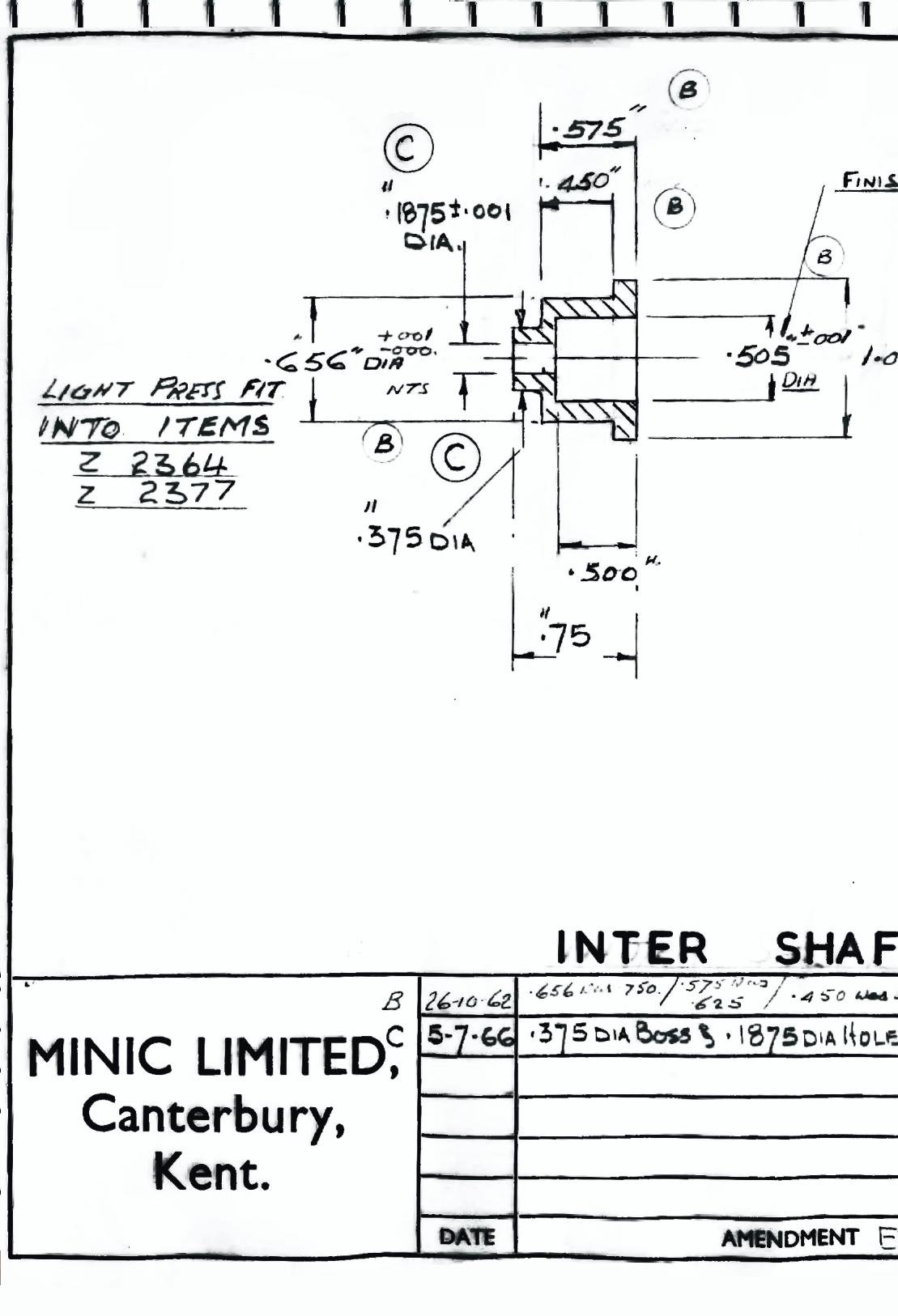
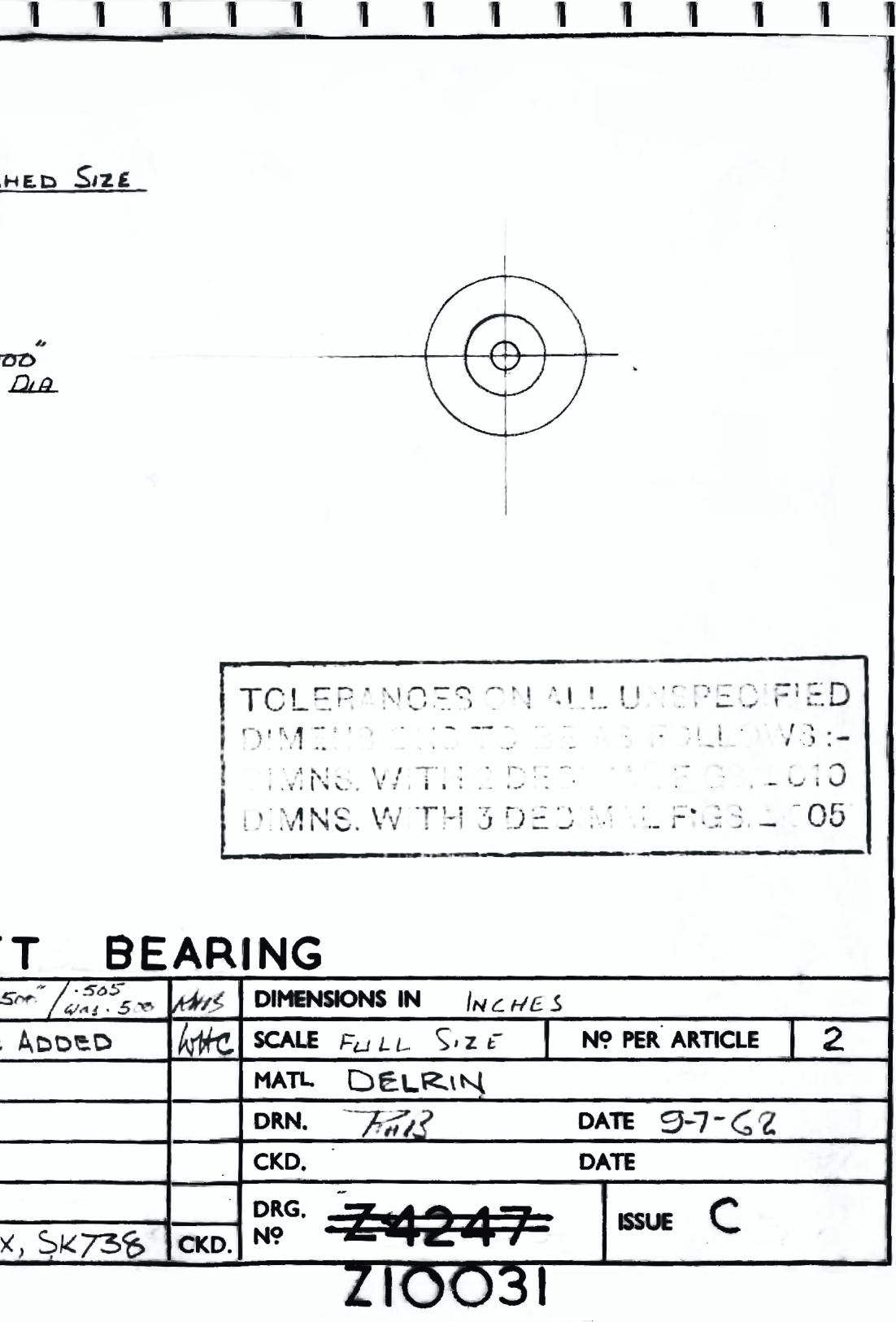
IF you are reading this, then you are very much like myself - As a lad you wished for Father Christmas to leave you a Tri-ang set in the back garden on Christmas Day You dreamed of high of a high speed run on the footplate of your favourite engine charging out of King's Cross. Again, if you're like me, that didn't happen.
Fast forward fifty odd years, and I was incredibly fortunate to stumble upon an unmolested and
complete Tri-ang set that even included the original packing crates at a price I could not resist. Other than the odd knock or two it was in excellent condition, save for one thing - it was missing two axle boxes. What's a lad to do?
Fortunately, I'm a bit of a model engineer and have a somewhat extensive workshop at my disposal, so it was almost a doddle to create the replacement axle box and actually improve a bit on the original design while doing so. Taking
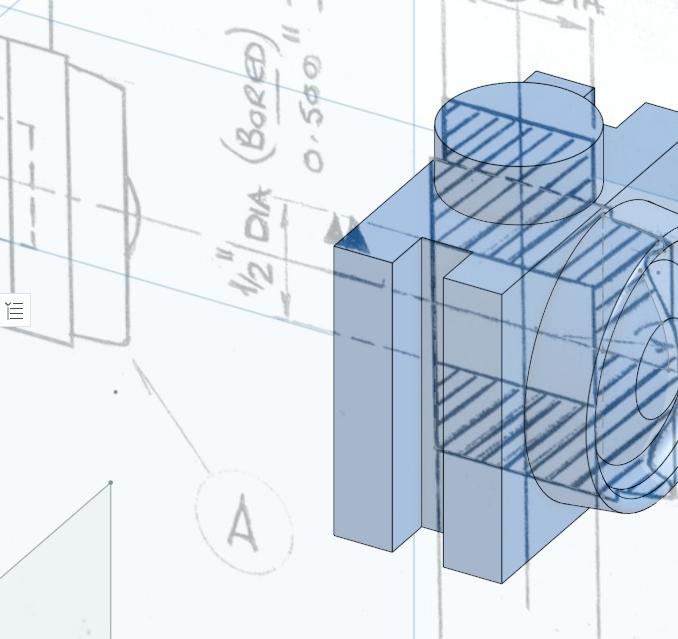
12 TMNR TIMES
Making new TMNR parts sixty years on, CHRIS CARDINAL describes the process of 3D printing new axle boxes…
NEW TMNR Parts 3D Printing
one of the remaining axle boxes, I measured all of the critical dimensions with my faithful digital calliper. Then, it was off to the computer and a little CAD time, where I created a virtual 3D model of the missing axle box. I then used a bit of "science fiction" and 3D printed these new parts in an industrial strength resin that mirrored the physical properties of the original. While these parts were carbon copies of the originals, they also copied what I considered to be a minor fault in the original design - they were subject to wear from usage.
My goal was to create replacement parts that would be able to stand up to spirited regular running, and offer a long service life. As a
model engineer, I take such "modern" items, such as miniature roller bearings for granted. In a lightbulb moment, I decided to add modern roller bearings to my 1960's technology railway.
Going back to the CAD drawing, it was a simple matter to thicken the part in a few locations and enlarge the axle hole to suit the diameter of the small bearing I was able to source for literally only a few pence each. Now I had the makings of something special!
Above: Using the original TMNR factory drawing to create the new 3D design in ‘OnShape’ CAD software. CHRIS CARDINAL.
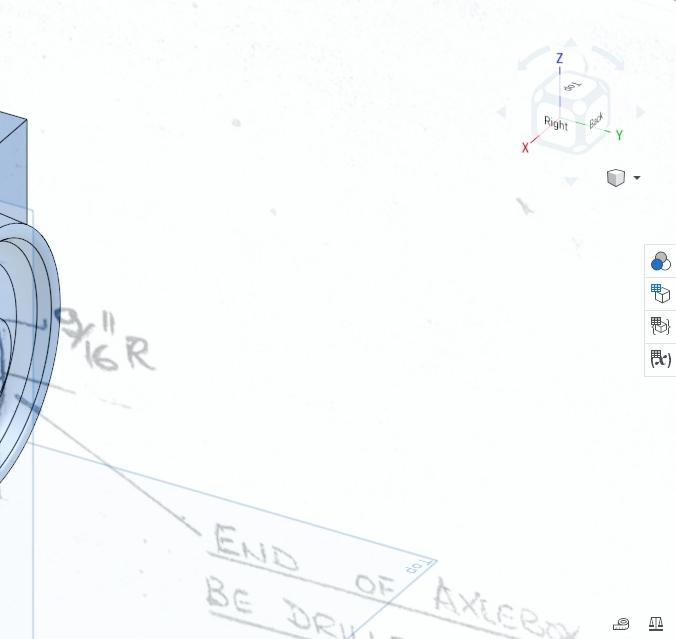
TMNR TIMES 13
My initial tes t s showed the new a xle box/bearing combo enabled the bogie to roll much more easily, and reduced a maintenance worry as well. If in the future I ever need a bearing replaced, it is now a simple matter to print one or two off and quickly make any
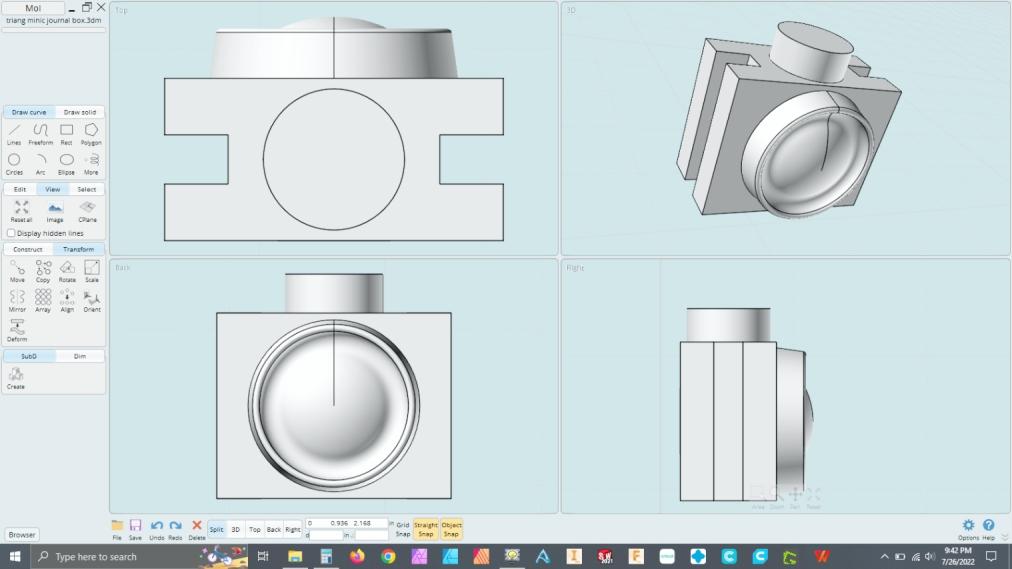
needed repairs. It also warms my heart to know my little train will enjoy a long and fruitful life pulling its passengers with ease.
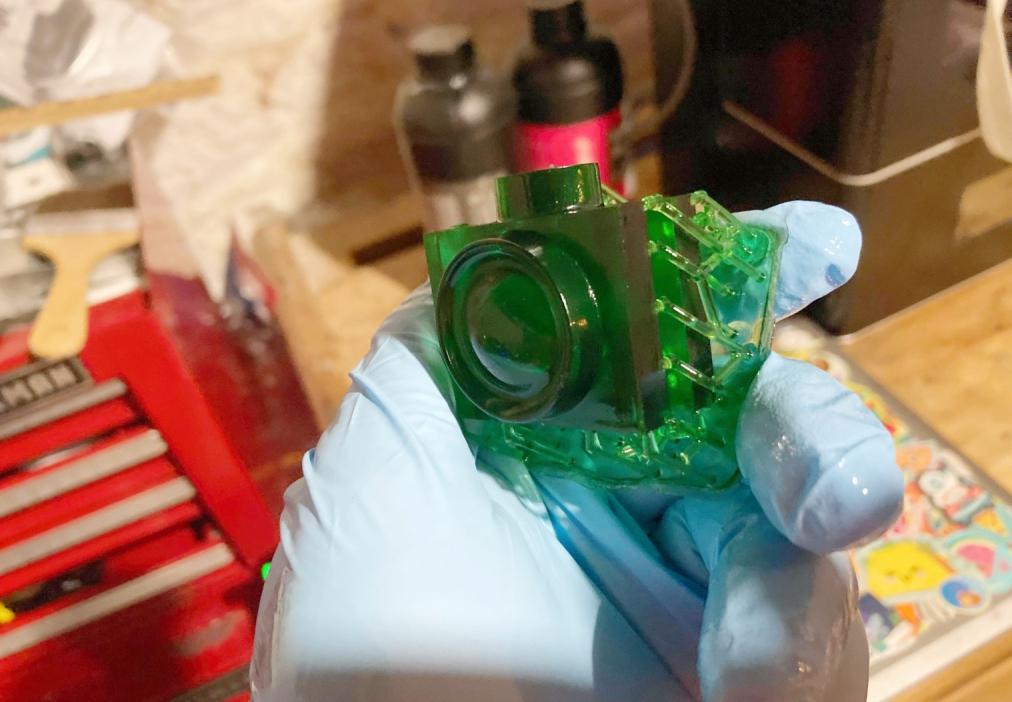
14 TMNR TIMES
Chris Cardinal
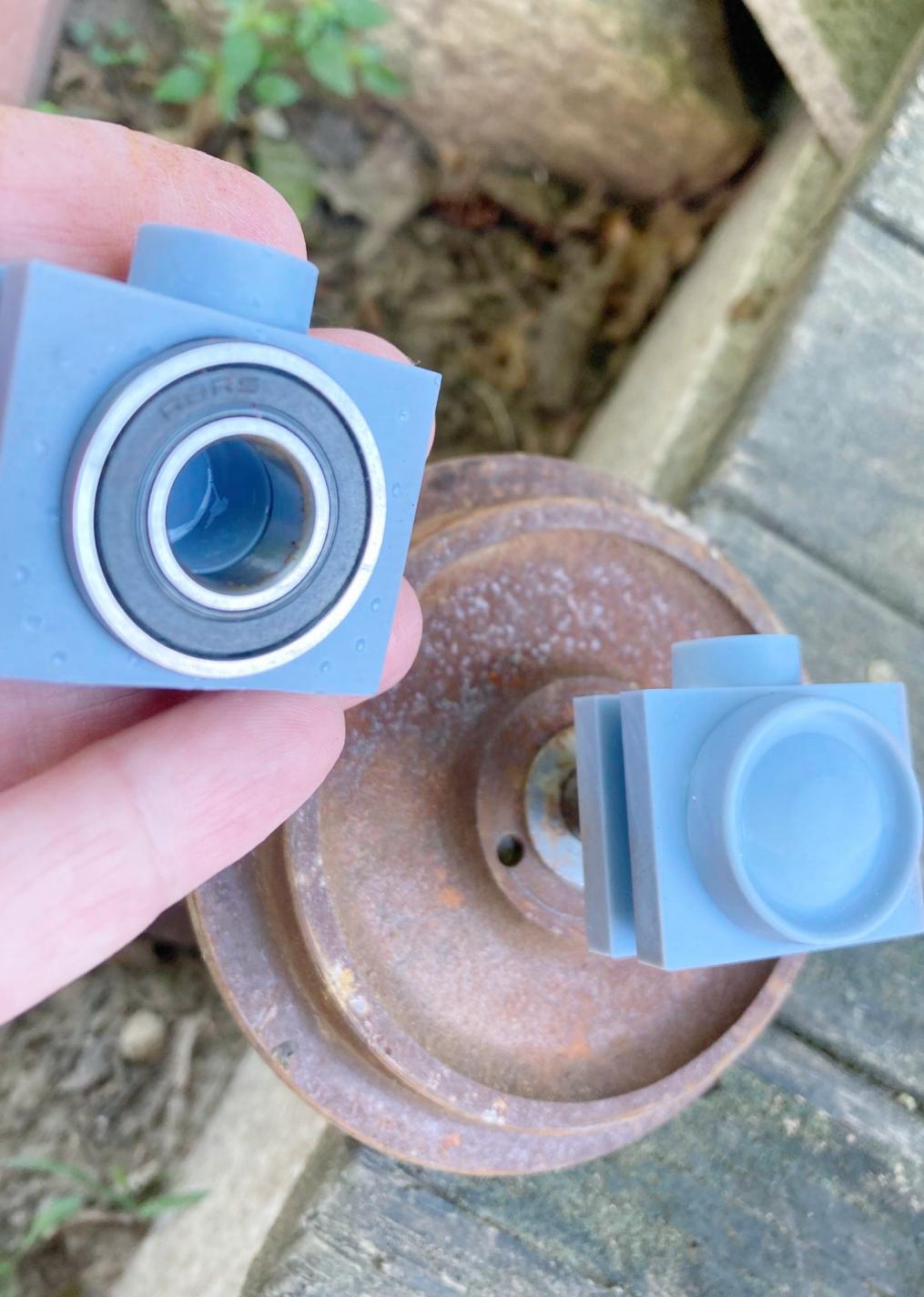
TMNR TIMES 15
Top Left: The final 3D Computer Aided Design drawing. Bottom Left: The investment casting as removed from the Phrozen 3D printer. Above: The final printed axle box with bearing. CHRIS CARDINAL.
Imetamaninapub!
Former Hornby employee ALAN GIBBS recalls how he was recently offered the Broadstairs ‘Rotary Flyer’ Tri-ang Minic Narrowgauge Railway Set...
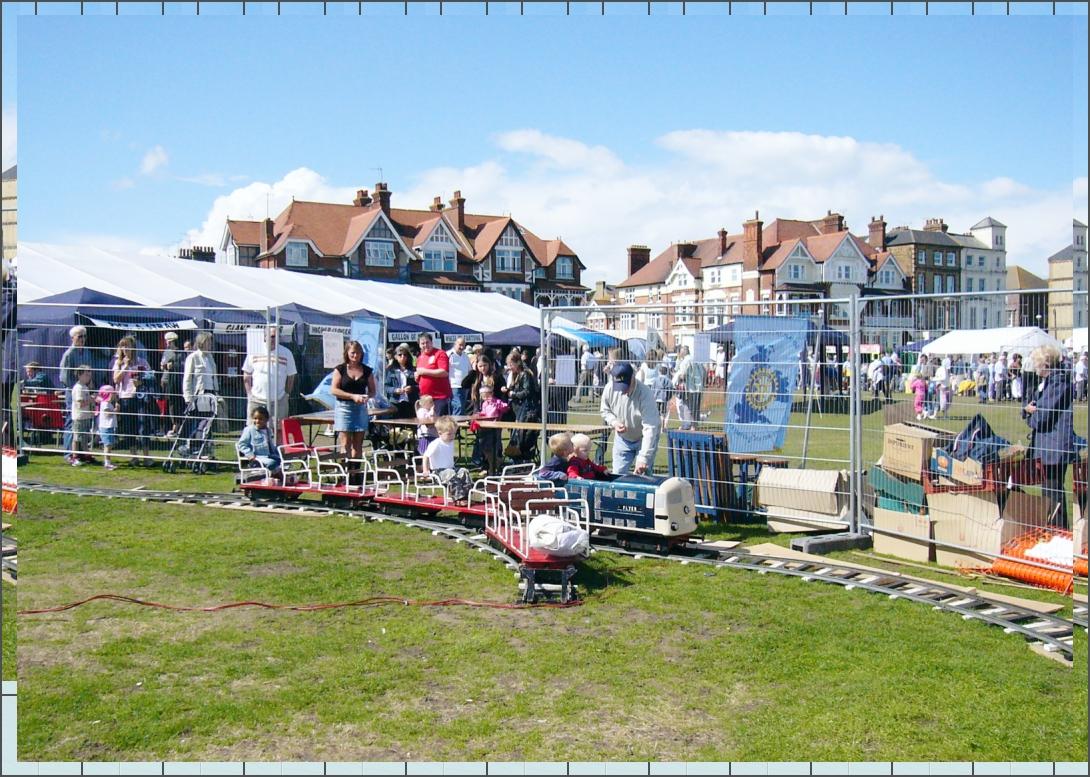
TUESDAY night is always club night when about ten of us get together and spend the evening drinking and laughing about life in general - It's a members club and the beer is cheap.
On one Tuesday, not on his usual day, a different member came in and joined in our evening banter. He continued his Tuesday night visits and got to know us all.
After a month of this, he leant over to me and said "I have a big railway setup if you want to take it off of my hands" - He knew that I took on all types of projects - mainly vintage motorbikes
of the 1950s and live steam locos big enough to pull people along. I have many of them on the go and the last couple of years of not going out has allowed me to concentrate on getting some of them completed. He was not sure exactly what he had but said it took up a lot of room and he needed the space. 'OO' gauge railway layouts take up a lot of room and I definitely didn't want any more of that, but then he said you have to climb inside to drive it and I became very interested.
A bit of research on the internet highlighted the 'Tri-ang Minic Narrowgauge Railway' system and discussions with fellow members at my
16 TMNR TIMES
model engineering group soon sparked more than just casual interest.
I had worked at the Hornby factory in Margate as a research and development engineer (model maker) for eight years and knew a few of the engineers that worked at the site in Canterbury. I like the idea of something built locally to myself - my motorbikes are Matchless and AJS, built in London just 60 miles away. Best of all, it was offered to me for free so
maybe I could run it for some charity days occasionally.
I was all 'fired up' now and made the appointment to go and visit. All went well and I turned up to view this railway outfit - Yes it was the 'ride on r a i l w a y ' t h a t I h a d researched and it had a loco, three toast rack carriages and a lot of original track, all in unmodified condition. The locomotive being the twin motor version.
I had made only one slight miscalculation - I had read that toy shops would not stock it because of its size, but that bit did not sink in. I
w a s n o w f a c e d w i t h something that would take up the majorit y of my garage, not just a spare corner of the garden behind my workshop. It's taken 30 years of nagging to get one of my motorbikes out of the dining room, I don't think my wife will like it if the bike goes back there just to make some room again in the garage (she does not like my bikes or my trains but just accepts them as part of me).
So, as it stands, I am looking to buy a lock up garage somewhere near to me
and a car with a tow bar - I hope my new friend is patient. Also, an extra pair of hands to move it, it as it looks really heavy!
Alan Gibbs
MAIN IMAGE: The ‘Rotary Flyer’ running at the Broadstairs fayre in 2006. MICHAEL DICKS.
ABOVE: The locomotive in storage, November 2022. ALAN GIBBS.
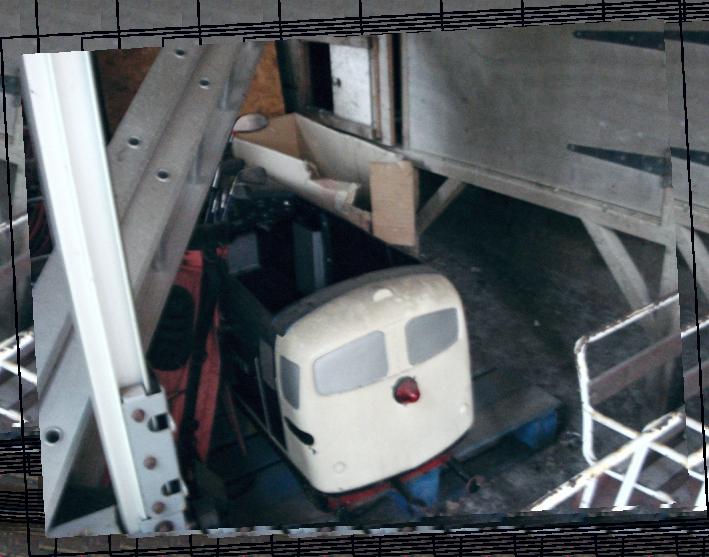
BELOW: The rake of toast-rack coaches, November 2022. ALAN GIBBS.
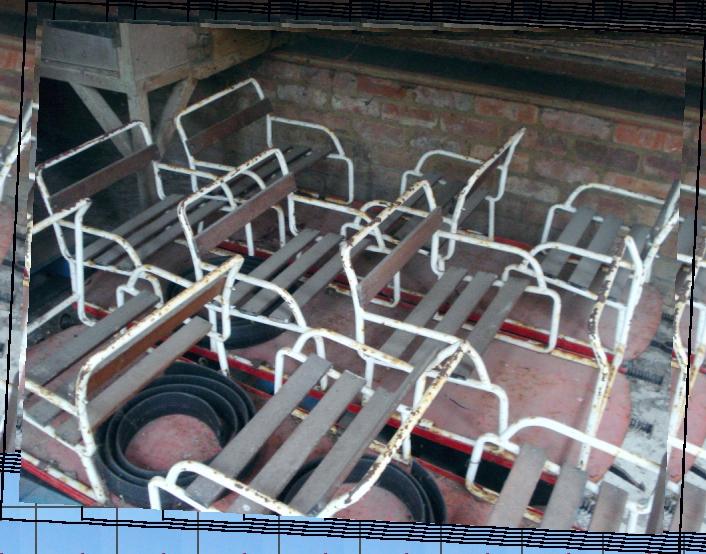
TMNR TIMES 17
Designer Is there a in the house?
BARRY NIXON shares some thoughts about developing the TMNR system in the 21st century...
THE 10¼" gauge of the TMNR system m e an s t h at t h e r e i s v e r y li t t l e compatible equipment available to buy new, unless you have deep pockets for it to be custom-made.
Club tracks have typically settled on 7¼" along with many commercial operators such as the Mo or s Valley Rail way and Pe corama Meanwhile, 10¼" is the gauge for a small number of commercial operators and an even smaller number of private lines. More recently, 10¼" gauge has been replaced by 12¼" as the choice for some commercial suppliers such as Alan Keef.
An example of the 7¼” SCAMP locomotive at the former SWDSME club track. JAMES MOYNIHAN.
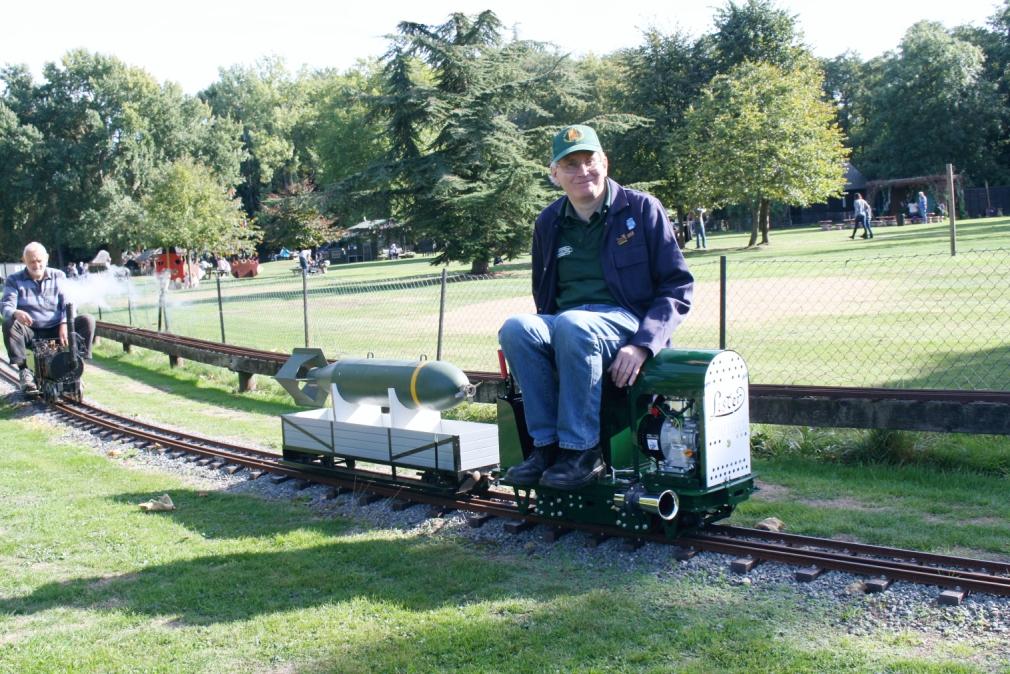
Phoenix Locos offer 10¼" versions of some of their smaller gauge designs but neither could be considered low-cost items, and there are no compatible kits for rolling stock, track work or accessories That leaves 10¼" gauge in something of a wilderness but it shouldn't have to remain an expensive choice.
Modern design and manufacturing techniques can reduce costs, e.g. the laser cutting and bolt together 7¼" gauge SCAMP loco, which has been adapted for 10¼" gauge although I'm not aware of the additional cost.
Materials for a simple bogie or chassis as used in
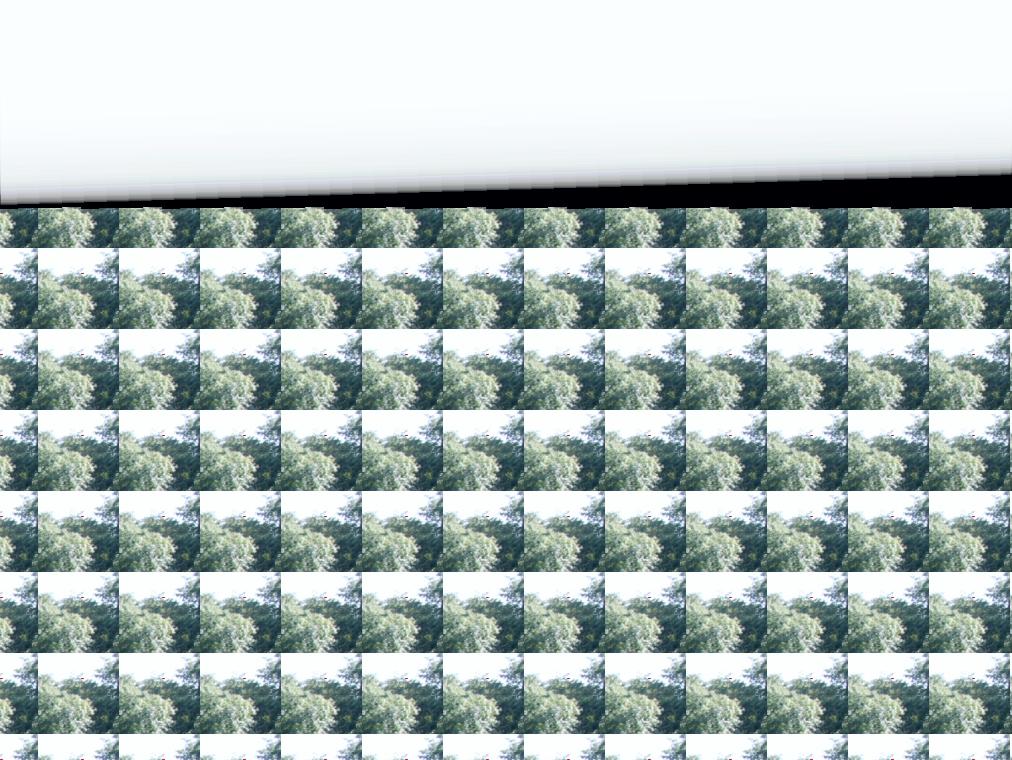
18 TMNR TIMES
the TMNR system are no more than used in most on 7¼" gauge designs. The simplicity of design should make a laser-cut and bolttogether design low-cos t and eas y to assemble. Wheels are of a similar size to those used for on 7¼" gauge and it's hard to believe that 3" wider frames and longer axles would be a major cost factor!
If you are happy with the relatively light-weight TMNR system on 10¼" gauge then using 7¼" rail section should be more than adequate. Points are trickier to manufacture but the most complicated part is the 'frog' which could be a cast part or even built up from laser-cut steel plates. If you're using wheels with a 7¼" gauge profile then a commercially available cast or fabricated frog for 7¼" gauge might be used. What is really needed is a simple 10¼" point design to make from light-weight (on 7¼" gauge) rail section.
3D printing is another useful manufacturing technique that was not available when the TMNR system was invented. The technique is currently best suited to smaller parts, but as 3D
printing develops and becomes cheaper then printing a whole loco body is likely to be possible in a similar way to getting steel parts laser-cut by a specialist company. It is already possible (though expensive) to get 3D printed metal parts made. The cost is certain to come down as the technology matures. Meanwhile, plastic axlebox covers, locomotive tail lamps and alike can already be produced on affordable home printing systems.
The common theme here is the need for DESIGNS. Someone with the computer-aided design (CAD) skills and enthusiasm to draw up the designs and parts that can then be used to extend a TMNR system (or other light-weight 10¼" railway).
If anyone has already dabbled and has any 2D or 3D designs for anything from small-radius 10¼" gauge points to TMNR Golden Arrows then the TMNR Society is the place to share anything that is not copyright.
CLASSIFIED ADVERTS
TMNR TIMES BACK EDITIONS
A limited number of back editions of TMNR Times Editions 16-24. Priced at £5 each + P&P. Contact Mike Slatter via the TMNR Society at: mike@tmnr.co.uk
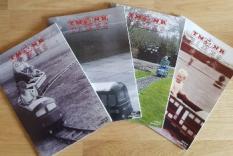
TMNR STYLE 5' METAL BASES
Steel ‘Tri-ang style’ bases measuring 5 foot long by 18 inches wide, 4mm thick with folded sides and square end. Several available £50 each. Location Harrow, North West London. Contact John Lawes at: jlbelmont1948@gmail.com
10¼" GAUGE OVAL OF TRACK & SPARES

An oval of 10¼" steel bar track designed to fit into a 30 x 50 foot area. Joints rusted will need cutting to remove.
Includes three further 9 foot lengths of track, wooden sleepers and gauging bars. £250. Location Harrow, North West London. Contact John Lawes at: jlbelmont1948@gmail.com
TMNR TIMES 19
Barry Nixon
